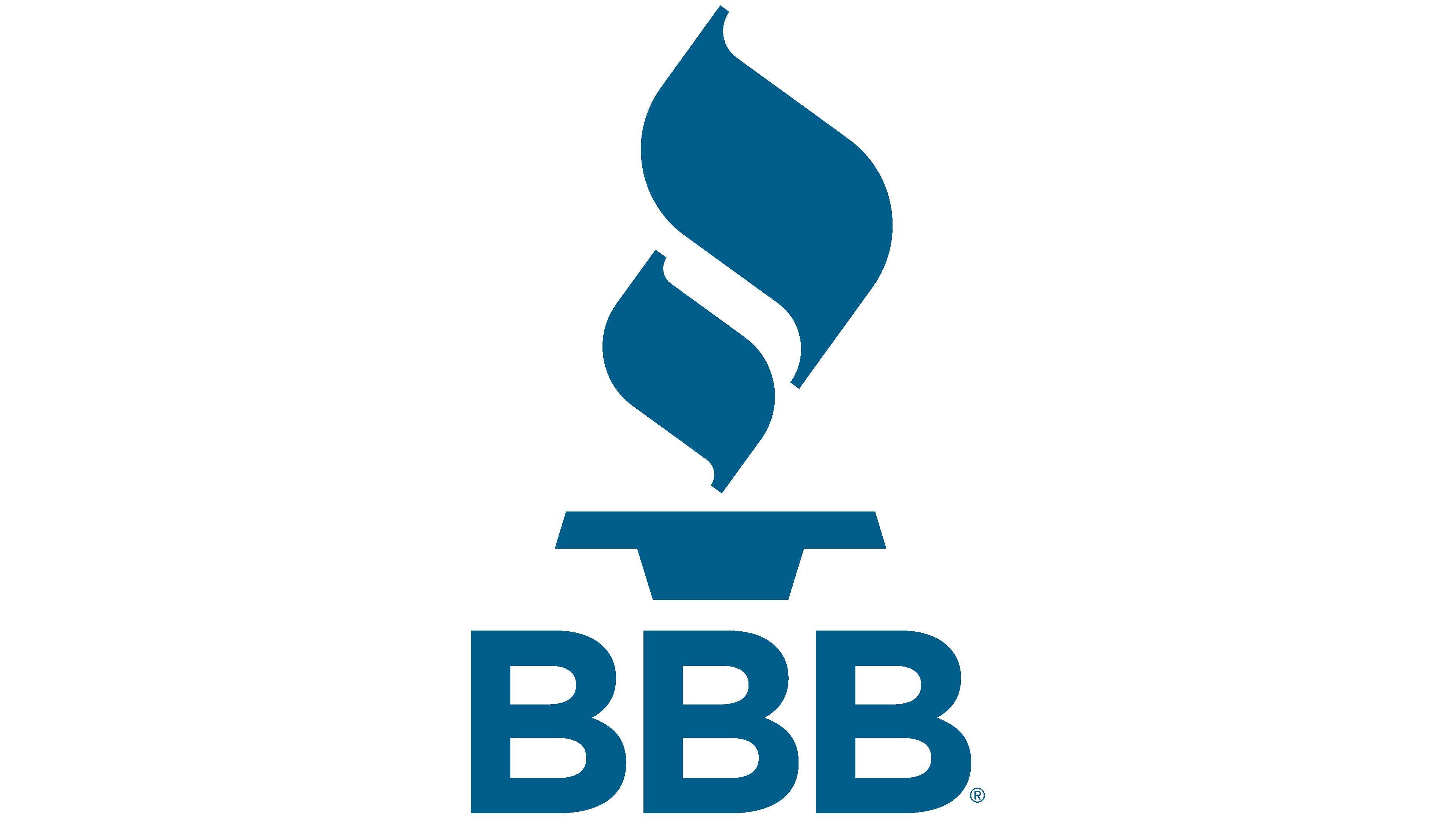It’s September. The kids are back in school. Summer vacation season has wrapped up. Now, the holidays are looming. Before you know it, 2016 will be here demanding a new marketing strategy, new ideas for your business, and a new approach to your success.
Calendar changes often inspire fresh takes on life. Although it might feel a little too early to discuss your personal New Year’s resolutions, the same isn’t true of your business. Starting your 2016 marketing strategy plan now will set you up for a strong January 1 beginning.
Here are the top elements you should include (or at least revisit) in next year’s marketing strategy.
1. Clear Objectives
Before you can map out your action plans, you need to know why you’re marketing in the first place.
- What do you hope to achieve?
- Who do you want to reach?
- What can you offer that your competitors cannot?
- What are your strengths and weaknesses?
- Where are the emerging opportunities in your field?
Defining your objectives is the first step in creating any strong marketing plan. It shows why you do what you do. It talks about the person you best serve. With your objectives clearly outlined, everyone in your organization will have a clear understanding of how their department fits in.
The answers to these questions are your guiding light. Anytime you’re creating a new campaign or changing your strategy, revisit these answers to make sure everything you’re doing serves a purpose.
2. Budget
Before you can get into the specifics about where to advertise, you need to determine your marketing budget. Many channels can get expensive. Knowing how much you’re able to spend will help you create a more realistic marketing strategy.
3. Marketing Channels
Now that your objectives are clearly defined, you can dive into the various channels you want to use to reach your target market.
The channel you choose depends on your customer. Where does she do her research? Where does she spend her time? What media does she find the most credible?
Knowing your target customer will help you determine which channel is right for your campaigns. Keep in mind that many of these will overlap. For example, many consumers might receive a direct mail postcard and immediately reach for their phones to search for the business online.
A classic example of this is Google’s 2012 Multi-Screen World Study. You should include multiple channels in your marketing campaign to account for this behavior.
Offline Channels
Offline channels, such as billboards, newspaper ads, and radio commercials, are a dying breed.
In the above mentioned Google Multi-Screen World Study, researchers found that “90% of media consumption occurs in front of a screen.” That only leaves 10% of the media consumed happening in print or on the radio.
You might assume that because televisions have screens, many consumers still receive information via this channel. However, the study also found that most consumers use another screen, such as a cell phone or laptop, while watching TV.
The lesson: If you plan to incorporate traditional forms of marketing, such as television or radio ads, print advertising, or direct mail, make sure everything is closely aligned with your digital strategy.
Online Marketing
With the bulk of media consumption happening online, it’s clear consumers are spending more time accessing the Internet. To be effective and get the type of attention you crave, your marketing strategy must focus on digital channels.
Online marketing strategies are complex. Here are some of the most important elements to include in your plan.
SEO
Whether you focus on search engine optimization (SEO) or not, one thing is true – customers are searching for your business online. SEO allows you to have more control over what’s seen when someone searches for your business.
Ranking high on search engines is a science. With hundreds of factors taken into consideration by search engine algorithms, there’s a lot that goes into any SEO strategy.
Here are some of the most important things your company can do to help rank higher.
- Write quality content that people actually want to read.
- Have a responsive website design. If you’re not sure whether your website is responsive or not, check with Google.
- Get backlinks from high quality websites by guest posting or being quoted. Never buy links!
- Keep your website current and consistently updated with fresh new content. See “Content Marketing” below for more tips on this.
Social Media
Love it or hate it, social media continues to be popular among consumers. Each social media network has a specific target audiences. Knowing your buyer will help you determine where to invest your time and resources on social media.
NOTE: You do not need to promote your business on all social media channels to be successful – just the right ones.
Here are some of the most popular social media channels to choose from.
- Facebook reaches the largest audience. Despite popular belief, most teenagers are not on Facebook anymore. The demographic of this social network is primarily college students and adults.
- Pinterest is another exceptional platform for businesses with products to sell. The user base continues to be female rich, so if you’re targeting women, this is a strong platform for you to consider.
- Twitter is best used for B2B marketing. If you have a blog, promote your content on Twitter using hashtags to drive traffic to your website.
- LinkedIn is another good channel for B2B marketing. You can use this channel to publish content or promote content in groups.
No matter which network you choose, it’s important to give your business a presence on social media. This will stir up more attention for your business than any type of traditional marketing.
Content Marketing
Content marketing is producing informative content with end goal of selling something.
There are many facets to content marketing.
- Blogging
- Podcasting
- Video marketing
To decide what type of content to produce, and how often, you have to understand your consumer. Where does she get her information? If it’s by video, incorporate more of that into your marketing strategy. If it’s through search engines and reading articles on websites, blogging is the more effective content strategy.
Email Marketing
Email is the digital form of direct mail. It’s a strong way to reach new clients when it’s done right.
Email marketing requires consistency and a solid plan. Many people are overwhelmed by their inbox. Although they want to hear from you, they’re hesitant to let you in because they’re afraid you’ll bombard them with sales promotions.
First, decide what you’ll send, how often and when you’ll send it. Then, tell your email subscribers. Give them a reason to sign up. This sets up the expectation for your audience and makes it easier for you to keep in touch.
4. Responsibility
Any good strategy is filled with accountability for following through. Once you have your objectives and channels in place, assign responsibility.
- Decide who your team is and what each person’s role will be.
- Assign a person to take the lead on each channel.
- Come up with a simple communication strategy to keep all players on the same page.
Communication is crucial. With so many marketing channels available to businesses today, it’s important to keep everything consistent. This requires everyone to communicate effectively.
Many of these channels overlap each other – especially in online marketing. Decide what talents you have in-house to manage each of these effectively. If you don’t have the right in-house talents, outsource. Each of these components is worth doing well. Hiring contractors and agencies expert in specific areas of your marketing plan will ensure you’re doing things in the best, most effective way possible.
5. Tracking Your Results
Tracking your marketing success is a key component to any marketing plan. How will you know if any of this worked?
Decide what specific metrics you want to track. These will change depending on your marketing strategy. If you’re focusing exclusively on SEO, chances are you’ll want to track traffic, bounce rates, and referral sources. If you’re focused exclusively on social media, you’ll place a higher emphasis on engagement.
The Takeaway
Marketing strategies are complex. With more people going online for information, today’s businesses are focused on improving their digital communications. By having a solid marketing plan, you can bring all of your marketing efforts together to reach the objectives you set in place.
Need help planning? We’re here for you. Contact us today with your biggest marketing frustration.


























